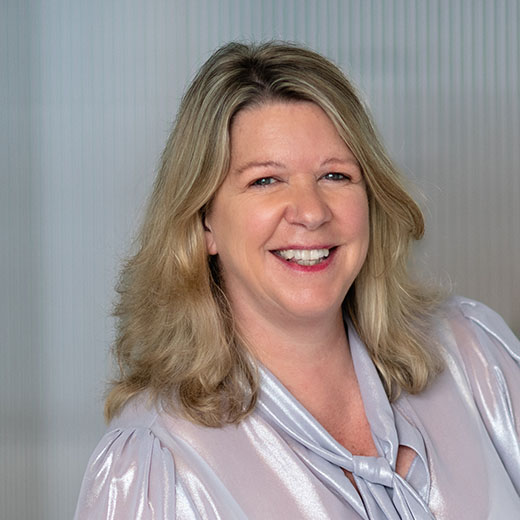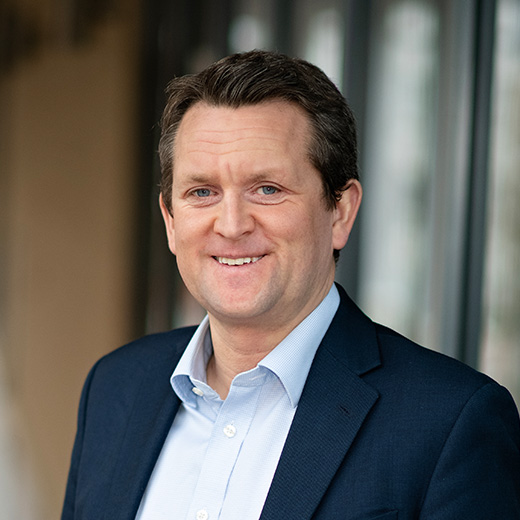
How UHNWs re-evaluate risk
How do families talk about risk and map their response? According to a recent wealth industry study, families are neither talking about risk nor have they any defined policy in place. This commentary from a London law firm lays down some practical markers.
At a time of global turmoil, it is easy to see why so many ultra-high net worth families feel that they are facing an unprecedented threat. “Increasingly polarised political views, global pandemics, and environmental challenges don’t just impact financial markets,” say authors Victoria Symons and Paul Fairbairn, partners at law firm Cripps.
They are also placing seismic strains on family relationships that have rarely been seen before. Their commentary below continues our examination of risk and where the lines are shifting for wealthy families. We welcome outside contributions where the usual editorial disclaimers apply.
Given these unprecedented times, it is perhaps all the more surprising that a recent survey by Stonehage Fleming has revealed that 40 per cent of UHNW families do not have any processes in place for identifying, quantifying and mitigating risk.
The research, which incorporated feedback from 183 multigenerational families, provides a fascinating snapshot of current thinking, with a lack of any defined risk policy, and the role of the next generation, featuring significantly higher than ‘financial risk’ on the list of concerns. There is no denying that the three are inexorably linked; if the successful families from a financial standpoint are also those with clear risk mapping processes and succession plans, then the converse must also be true.
How to start risk mapping
So, for those UHNW families without any risk mapping processes in place, what should they do? The starting point is to have an open discussion to identify and prioritise the various risks to which a family feels exposed. Risks usually fall into one of two categories, being ‘external’ risks (such as finances, philanthropy and the family ‘brand’) and ‘internal’ risks (including succession, education and leadership). The weighting given to these different aspects will vary between families, and between generations.
Only by encouraging open and frank discussion across peer groups can you hope to come up with a list that accurately reflects the wider family’s concerns. In some families these discussions may come naturally and for others they may require an outside facilitator, particularly if all members’ voices are to be encouraged and heard.
The list is just the starting point. Once consensus is reached on the scope and order of risk, it is important to assign roles and responsibilities for devising policies as to how to manage these risks. As families becomes increasingly professionalised, it is encouraging to see a shift away from the traditional primogeniture and a willingness to allocate different roles to different family members, across all sexes and age groups. The key is to encourage genuine interests within the family and play to your strengths.
If a family member spends ‘half their life’ on their phone, rather than chastise, encourage and empower them to design a social media policy for the wider family, enlisting external advisors where the need arises.
As with any successful policy, risk mapping needs to be measureable, recorded and managed regularly. The third of these is the hardest: to succeed, the principles need to be embraced by the family. That all boils down to discussion and leadership, which in turn works best when it is a responsibility shared beyond a small handful of people and encompasses a diverse selection of family members across the generations. It also recognises where skills are missing and outside professional help is necessary.
Once the hard work of identifying risk and agreeing how it should be managed by the family is done, it is vitally important to ensure that the agreed approach for managing, but also identifying new risks, is enshrined in existing or developing structures. This will ensure that future generations are brought up to be alert and proactive when it comes to risk rather than reactive.
This might take the form of a family charter or constitution sitting above whatever wealth structures exist, to remind current generations and be adopted by future generations. It should also be embedded within existing family structures, whether corporate, trust or a combination or both.
Whatever structure exists, it is always possible to tailor appropriate mechanisms, such as investment or ethics committees to focus the internal expertise and facilitate external advice within the family’s own parameters.
There is strong evidence to show that a proactive approach to risk is becoming standard. In more traditional families, COVID 19 has provided a unique opportunity for change, with digital, logistical and geographic challenges forcing different family members to the fore for the first time.
The fact that Stonehage Fleming’s survey was so well supported is indicative of the willingness with which families are prepared to discuss these matters, as well as the time lockdown has given them to do so.
This article first appeared in Wealth Briefing.
How we can help
If you’d like to discuss any of the issues in this article, please contact Paul Fairbairn or Victoria Symons.







